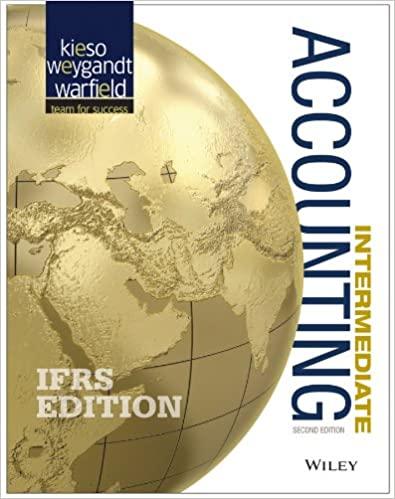Question
The following audit procedures were planned by Jack Kaguri, CPA, in the audit of the acquisition and payment cycle for DeWitt Products, Inc.: 1. Review
The following audit procedures were planned by Jack Kaguri, CPA, in the audit of the acquisition and payment cycle for DeWitt Products, Inc.:
1. Review the acquisitions journal for large and unusual transactions.
2. Examine invoices and related shipping documents included in the clients unpaid invoice file at the audit report date to determine whether they were recorded in the appropriate accounting period and at the correct amounts.
3. Select a sample of 20 acquisitions from the acquisitions journal and trace each to related vendors invoices. Examine whether each transaction appears to be a legitimate expenditure for the client and that each was approved and recorded at the correct amount and date in the journal and charged to the correct account per the chart of accounts.
4. Use audit software to foot the acquisitions journal for one month and trace the total to the general ledger.
5. Send letters to several vendors, including a few for which the recorded accounts payable balance is zero, requesting them to inform us of their balance due from DeWitt. Ask the controller to sign the letter.
6. Examine a sample of receiving report numbers and determine whether each purchase was recorded as an account payable.
7. Select a sample of equipment listed on fixed asset master files and inspect the asset to determine that it exists and to determine its condition.
8. Calculate the ratio of equipment repairs and maintenance to total equipment and compare with previous years.
9. Obtain from the client a written statement that all mortgages payable have been included in the current period financial statements and have been accurately recorded and that the collateral for each is included in the footnotes.
10. Recalculate the portion of insurance premiums on the clients prepaid insurance schedule that is applicable to future periods.
Required: a. For each procedure, identify the type of evidence being used.
b. For each procedure, identify whether it is a substantive analytical procedure, a test of control, a substantive test of transactions, or a test of details of balances.
c. For each test of control or substantive test of transactions, identify the transaction-related audit objective(s) being met.
d. For each test of details of balances, identify the balance-related audit objective(s) being met.
Step by Step Solution
There are 3 Steps involved in it
Step: 1

Get Instant Access to Expert-Tailored Solutions
See step-by-step solutions with expert insights and AI powered tools for academic success
Step: 2

Step: 3

Ace Your Homework with AI
Get the answers you need in no time with our AI-driven, step-by-step assistance
Get Started


